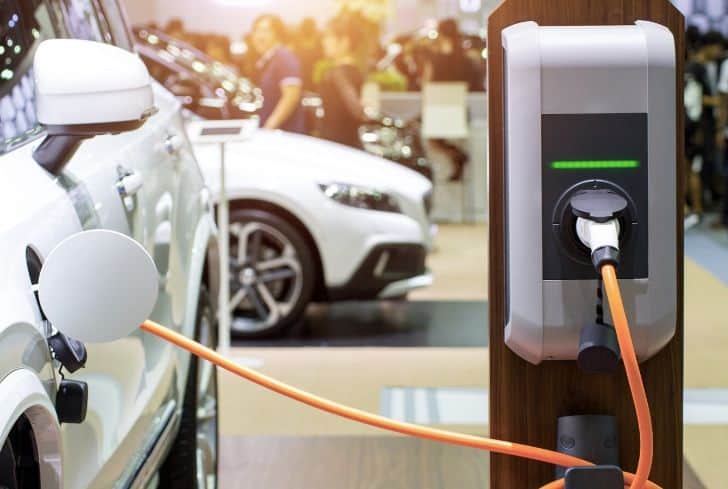An Empirical Study of Conversion the Electric Vehicles Promptly
Table of Contents
History of Electric Vehicles
Although best Chinese car have been around since the beginning, many people believe that they are new. These vehicles are only now becoming more popular because they can be used as alternatives to combustion engines. This helps to reduce global warming emissions. Many consider the small-scale electric model car that was built in Hungary in 1828 to power a small vehicle is the first ever invented best electric vehicle. Another group considers the first electric powered vehicle to be the Robert Anderson-designed electric powered carriage, which was built in 1828 in Hungary. Christopher Becker, his assistant in Holland, built another small-scale electric car. It was also designed by Professor Stratingh. Thomas Davenport built an electric car small in 1835. He was also the inventor of the first DC motor in the United States.
Unfortunately, the battery technology wasn’t advanced enough to warrant further development of this type of vehicle. William Morrison, an American engineer, built the first passenger-electric vehicle. This was in late 1890s. In fact, electric vehicles sold more in the US between 1899 and 1900 than any other type of vehicle like steam- and gasoline-powered vehicles.
Skills Required for Electric Vehicles Conversion
It can be daunting to start your first EV car conversion as a beginner. While there are some skills required to complete an electric vehicle conversion successfully, most people who have worked on their own vehicle can do the majority of these tasks. Some more difficult tasks will need to be completed by professionals. More about that later. However, you should have some experience with DIY projects and the ability to service your gas motor vehicle. You may be wondering what skills I will need to build my electric vehicle. Here is a list to give you an idea, but it is not complete:
Basic mechanical skills You’ll need to know how to create small brackets for mounting switches, relays, and sensors. To complete these tasks, you will mostly use simple tools such as a hammer, file, and a small vice. You will need racks depending on which vehicle you choose for your eV converter. The racks should be strong enough to support the batteries. They must also be securely attached to the vehicle’s body. These racks can be assembled by welding them together, then attaching them to the chassis of your vehicle. Be careful not to cause the chassis buckle from heat. Pre-fabricated racks are available for some of the most popular conversion vehicles.
Automotive Technicalities
You will need to disassemble, rebuild, and install certain internal combustion engines during the process to convert your vehicle to an electric motor. This will require you to have some automotive mechanic skills. If you do not have the necessary skills, you may need to hire a professional to help you. These are the essential skills needed to start a top electric vehicle conversion project. However, don’t be discouraged if these skills are not what you need. Ask around your neighborhood, there might be others who would love to help you.
Conclusion
However, the electric car was quickly discarded. The demand for vehicles with longer ranges grew as better roads were built in cities. The electric car was no longer practical as a means of transport. The gasoline vehicle was the preferred choice due to the availability of oil in Texas, the US. Henry Ford made them affordable for the public, mass-producing them. This sealed the fate of electric vehicles for many years.
Electric vehicles first appeared in the 1990s. Electric vehicles are back, thanks to the Global warming problem, high prices for imported crude oil, and laws for reducing smog in cities. The advancement in battery technology is one of the major factors that has led to the rebirth of top electric cars. The nickel-metal hybrid and lithium-ion batteries are lighter than older batteries. They can carry enough charge to run a vehicle for hundreds of miles at high speeds, and they can be charged up to 100 times before needing to be recharged. This makes electric vehicles practical and efficient.


